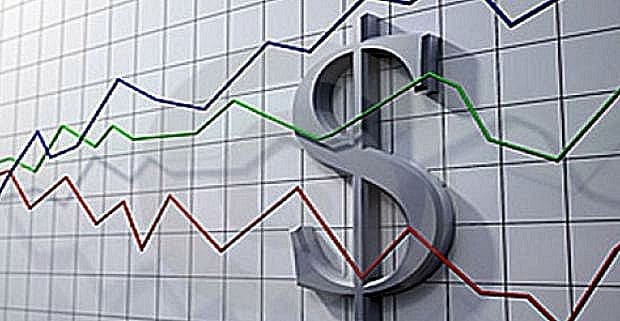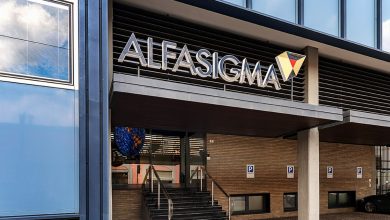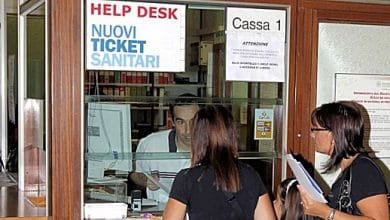
 In the three-year period 2016-2018 the market for reimbursable medicines managed by local pharmacies should remain substantially stable, with an increase this year of 0.3% (on 2015), 0.2% in 2017 and 0.4% the following year. This is the estimate that comes from the 36th Report of the Medicines Observatory of Cergas, the Research Center on Healthcare Management of the Bocconi University in Milan. Based on 2015 data, the report proposes an analysis of the various trends highlighted by pharmaceutical expenditure in the past year and some short-term projections for the upcoming three-year period. And it is here that the most original contributions are concentrated, given that many have already written on the 2015 final balance.
In the three-year period 2016-2018 the market for reimbursable medicines managed by local pharmacies should remain substantially stable, with an increase this year of 0.3% (on 2015), 0.2% in 2017 and 0.4% the following year. This is the estimate that comes from the 36th Report of the Medicines Observatory of Cergas, the Research Center on Healthcare Management of the Bocconi University in Milan. Based on 2015 data, the report proposes an analysis of the various trends highlighted by pharmaceutical expenditure in the past year and some short-term projections for the upcoming three-year period. And it is here that the most original contributions are concentrated, given that many have already written on the 2015 final balance.
The estimates obviously derive from some predetermined parameters: in particular, unchanged regulatory framework and confirmation of NHS funding planned by the Government for the next two years. Given these premises, the resulting scenario reserves signs of stability for pharmacies, with an average annual growth of 0.3% between 2016 and 2018.
A closer analysis of the trends, on the other hand, reveals countertrend trends. In fact, subsidized pharmaceutical expenditure should trace a double hump curve: +0.1% this year, -0.3% the next and +0.1% the next. On the other hand, a fixed "+" sign for private expenditure on reimbursable drugs: +2% in 2016, +1.9% in 2017 and +2.1% in 2018. Yet another curve for non-reimbursable prescription drugs (range C): -2.1% this year, +0.9% next year and +0.1% in 2018.
Related news: The simultaneous effects of pharmaceutical policies from payers' and patients' perspectives: Italy as a case study





